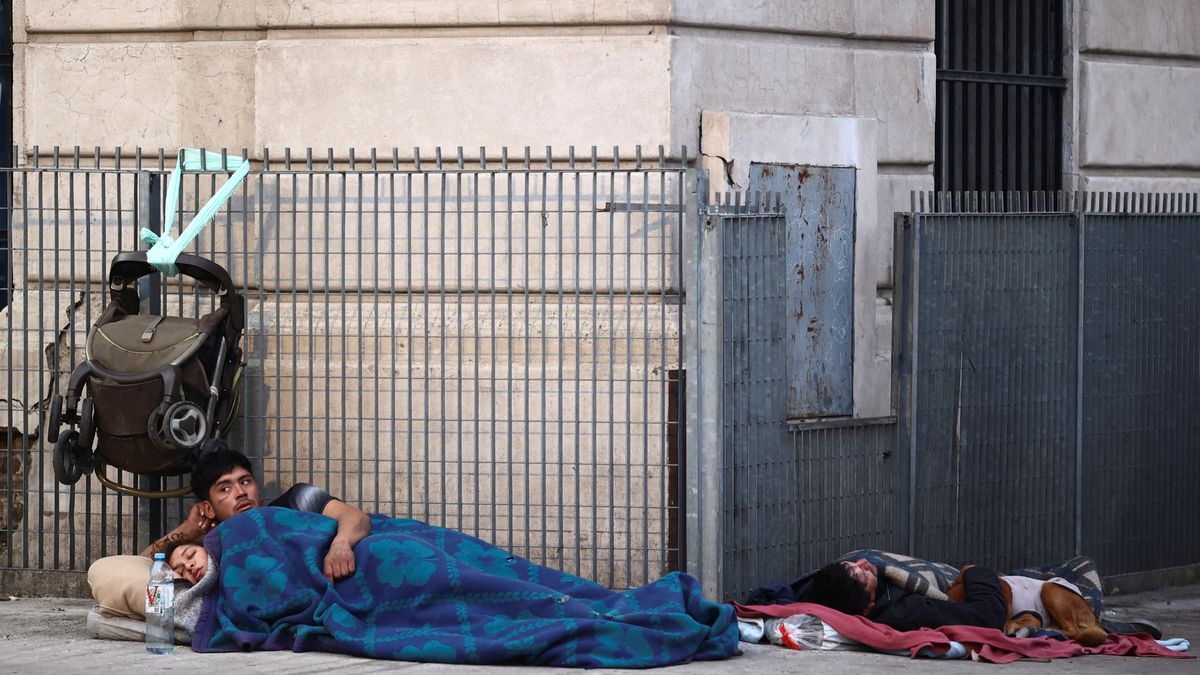This Thursday INDEC will release poverty and indigence data for the first half of 2024Given the deterioration in real wages during the first half of the year, The number is expected to worsen with respect to the previous registration.
Official statistics for the second half of 2023 indicated that the 41.7% of Argentines had incomes that did not cover the Total Basic Basket (CBT)which is used to determine the poverty line. Likewise, the 11.9% It also failed to satisfy the Basic Food Basket (CBA)the threshold of the poverty line.
This meant that at the end of last year there were approximately 19.5 million poor and 5.6 million destituteThese were the second worst indicators since INDEC restarted the series in 2016, only surpassed by those of the second half of 2020, marked by the effects of the Covid-19 pandemic.
Regarding age groups according to poverty status, it was highlighted that More than half of people aged 0 to 14 were poorwhile, at the regional level, the highest incidences of poverty in people were observed in the Northeast (NEA) and Northwest (NOA) regions.
Why is poverty expected to increase?
According to data from INDEC itself, the The average wage index for formal workers was, between January and June of this year, 15% lower, in real terms, than the average for the second half of 2023, taking into account the inflation that the CBT has had since July of last year.
Recent data from the Argentine Social Debt Observatory of the Catholic University of Argentina (ODSA-UCA) indicated that poverty has settled in 52% of the population Argentina, reaching a record since 2004. In parallel, poverty was 17.9%.
The entity’s report highlighted that the figure reached 54.9% in the first three months of the yearthen fell to 49.4% between April and June, as a result of the slowdown in inflation and the rebound in real wages.
The director of the observatory, Augustin Salviastressed that the job losses in the informal sector of the economy and the low wage In the private sector, these are two crucial factors when it comes to high levels of poverty and indigence.
”The sector of poor informal workers, who fell into destitution and who depend largely on social programs, did not recover. It is in this context that a greater inequality between the different working sectors,” he added.
It is worth remembering, however, that The UCA indicator is not strictly comparable with that of INDECsince they have different methodologies.
Source: Ambito




